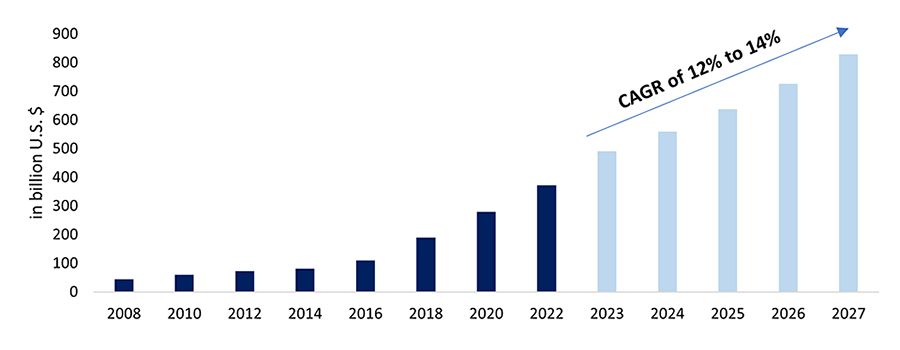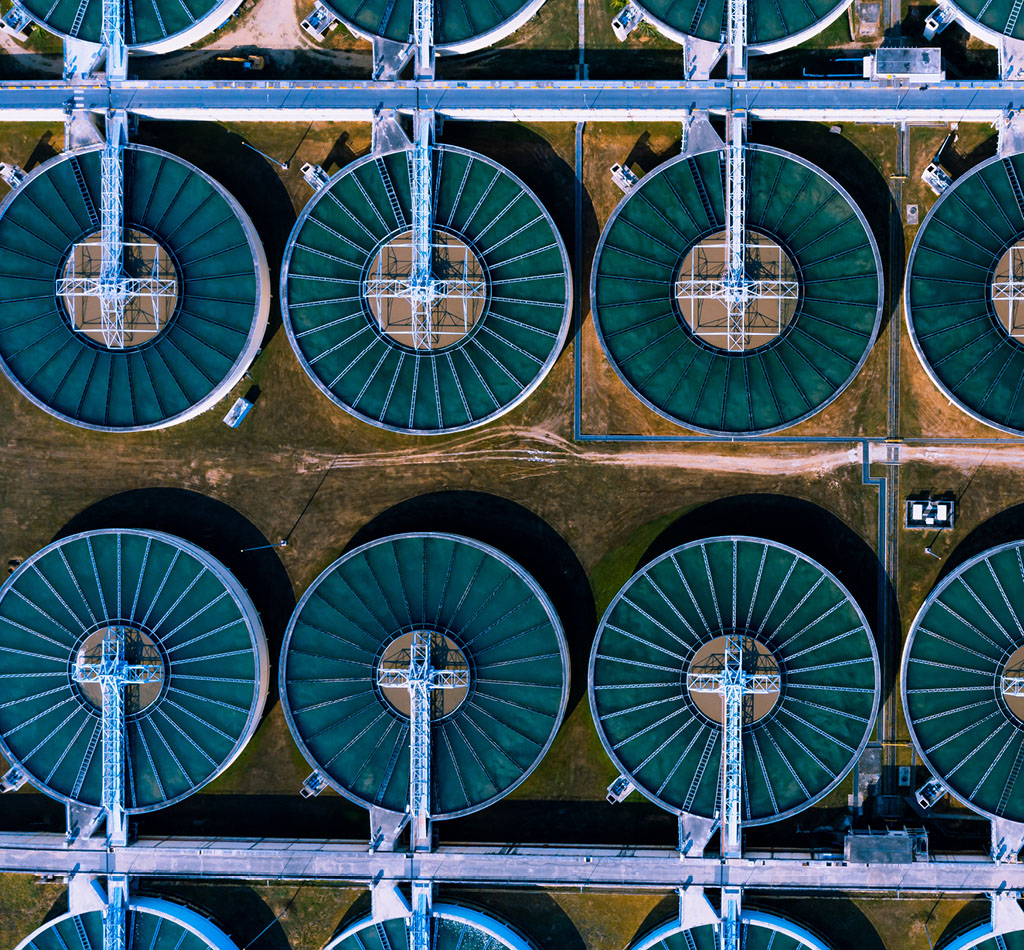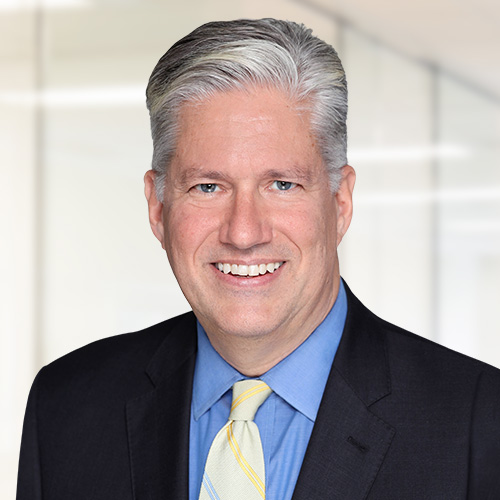Commentary
Health is wealth: India’s healthcare boom
February 15, 2024

When it comes to our wealth, we often think about assets or money that we own. However, when we’re sick, we realize our health represents our real wealth and the importance of investing in it.
Population surge meets healthcare hurdle
With its rapidly growing population, India faces significant challenges in providing adequate healthcare services to its citizens. The World Health Organization (WHO) projects India’s population to reach 1.5 billion by 2030, making it the most populous country globally. This growth puts immense pressure on the healthcare system to meet increasing demand for medical services and facilities.
India’s bold step with the world’s largest insurance plan
In 2018, India’s Prime Minister, Narendra Modi, launched Ayushman Bharat Pradhan Mantri Jan Arogya Yojana (AB-PMJAY), the world’s largest universal health insurance plan often referred to as the National Health Protection Scheme. The program aims to help India’s most vulnerable population by offering Rs. 5 lakh (~CDN$8,000) per family per year. The plan is estimated to support 550 million citizens across the country, allowing cashless benefits at any public or private impaneled hospital nationwide. This significantly increases access to quality healthcare and medication for almost 40% of the population, covering almost all secondary and many tertiary hospitalizations. It also addresses the previously unmet needs of a hidden population that lacks financial resources. The plan helps to control costs by providing treatment at fixed, packaged rates.
A flourishing market, billions in the making
Since 2015, India’s healthcare sector has been growing at a CAGR of 18%, currently valued at ~USD$450 billion. Narayana Health’s CEO, one of India’s largest hospital chains, estimates the market to be worth USD$828 billion by 2027. This growth is mainly driven by increased spending from both public and private sectors.
India’s healthcare market value (USD)

Source: Frost & Sullivan; Aranca Research; Various sources (LSI Financial Services, Deloitte).
Foreign direct investment and pharmaceutical export
It’s not surprising that drugs and pharmaceuticals comprise a large percentage (63.4%) of foreign direct investment, as Western countries outsource generic drug manufacturing to India to benefit from reduced labour costs. This is followed by investment in hospitals/diagnostic centres (26.6%) and medical/surgical appliances (9%).
India remains the world’s largest provider of generic drugs, exporting $25.4 billion worth in 2023. We view this market as attractive as the competitive landscape has forced new players to innovate as patents expire.
Ajanta Pharma – a beacon of innovation in India’s pharmaceutical sector
We continue to own Ajanta Pharma (AJP IN). It has high exposure to branded generic markets and a leading position in niche categories, with a superior margin and return profile. The company operates across India, the US and more than 30 emerging countries in Africa and Asia, focusing on cardiology, ophthalmology, dermatology and pain management.
Despite being a smaller player in the space with a 0.7% market share, Ajanta maintained this position during the lockdown and outperformed industry growth by 200 basis points. Owned by its founder, with the family retaining close to 70% of the business, Ajanta benefits from over four decades of experience and we believe continues to be in capable hands.
This growth story is a testament to how investment can translate into tangible health benefits, weaving a new narrative of prosperity and the true value of wealth in health.







